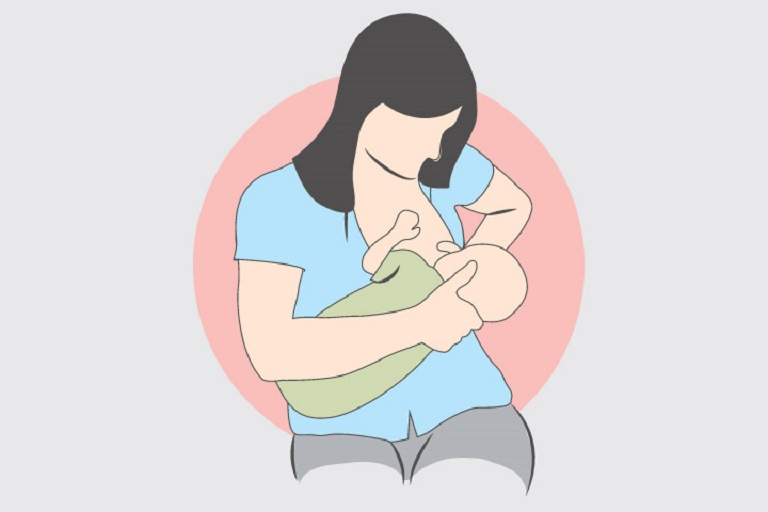Contents
Being a first-time mom isn’t easy at all. While you are still in shock of how this natural process works and in awe of how beautiful and amazing your baby is, you may not be aware of the difficulties that come after it, especially with breastfeeding. Believe us, the ‘headache’ you’ve had about choosing the right clothing material for your little bundle of joy can seem like a joke compared to this one. Aside from being one of the most beautiful feelings in the world, in the beginning, breastfeeding can be scary, confusing and painful.
Not all women have the luck to have breast milk a few hours after the delivery. Usually, it’s the colostrum that comes first, which is why a lot of moms think that they don’t have any milk. However, it’s important for you to be patient and trust the process. Unfortunately, sometimes, even if the milk comes, it’s the size of the nipples and breasts that can make everything seem so hard and impossible at moments.
Consult with a Professional & Join a Breastfeeding Moms’ Group

No matter how strange it may sound to you, breastfeeding groups can certainly help you a lot, especially if you are a first-time mom. Usually, administered by experienced moms and even lactation consultants, you can lean on to the answer from a group like this every time you have large nipples breastfeeding or any other problem.
Seeking help isn’t something to be ashamed of, instead, it’s something natural from which you can benefit a lot in times when you don’t know what to do. Talking to your midwife and doctor when still in the hospital can also help you a lot with this new process. Ask a lot and get a lot of information, this is the first thing you should really do.
Support Your Breasts

While breastfeeding, supporting your breast with your thumb above it and the rest of the fingers bellow it will take the weight of the breast. This hand support is also known as a C-hold because the hand makes a C shape around the breast, preventing the weight of the breast to fall on your newborn’s mouth.
If you’re not supporting your large breast, its weight can pull out of your baby’s mouth which can lead to a shallow latch. Usually, this can also cause the baby to let go of the breast which can make both of you nervous. This can certainly make the whole breastfeeding process difficult and unsuccessful. That is why supporting your breastfeeding large nipples and breast by using this C-hold technique can be decisive in this process.
Look for the Right Feeding Position
The truth is, there is no specific feeding position that’ll be good for every mom. There are lots of them, so trying different ones can help you find the position that best works for both of you. Even if you have large nipples breastfeeding, the laid-back feeding style can be quite comfortable as it allows your baby to use their innate reflexes to find the breast. That way, your baby can attach to it, even without your help.

Another position you can try is the cradle hold – it allows the baby to lie in your lap while you support them behind their shoulders to attach to your breast. However, the underarm hold is the most preferred position as moms feel like they’re having full support of their baby’s neck and head. This position can also help you have a clear view of your baby’s mouth while being able to C-hold your breast. Laying on your side is also a good way to breastfeed your baby as that way you can rest a little while still having full control of your breast.
Shaping the breast before your baby attaches on to the nipple is another important thing you can do to make breastfeeding easier and less painful. One of the most common mistakes moms make is not paying attention to whether their babies are sucking on the end of the nipple. If you want to avoid bleeding nipples, your baby should have a good latch. And for this, you need to make sure that your baby has the nipple and some part of the areola in their mouth.
So, except for the C-hold, you can hold your breast in a ‘U’ shape from underneath your breast, so your baby could get the milk evenly from each side of the breast. An extra tip you can benefit from a lot is making sure you soften your breasts, especially the areola part before breastfeeding. That way, any clogged milk duct can unclog, so the milk will flow freely once your baby starts latching.

